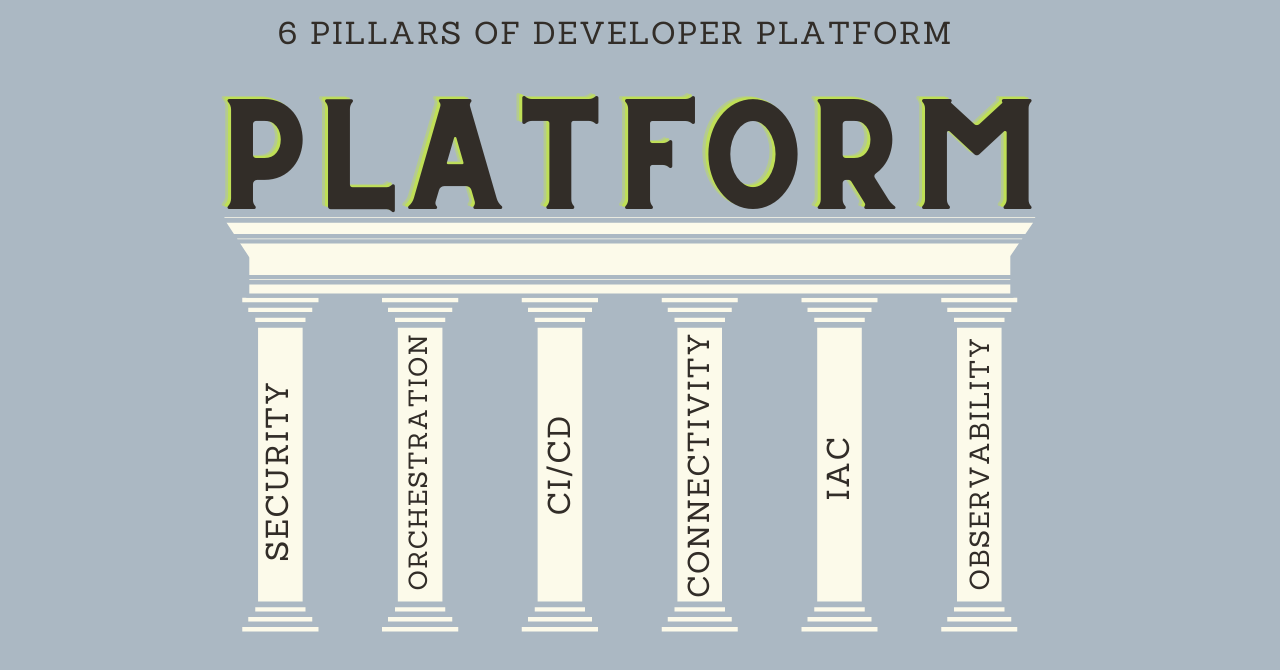
In the dynamic world of software development, speed and agility are paramount. However, with the increasing frequency and sophistication of cyber threats, ensuring robust security throughout the Software Development Life Cycle (SDLC) is more critical than ever. Enter DevSecOps, a transformative approach that integrates security into every phase of the development process, ensuring that your applications are secure by design.
A successful DevSecOps implementation necessitates proper planning, a deliberate mix of cross-team collaboration, a security-first mindset, and the end outcome is accelerated innovation
What is DevSecOps?
DevSecOps stands for Development, Security, and Operations. It is a practice that brings together development, security, and operations teams to collaborate and automate the integration of security at every stage of the SDLC. The goal is to deliver secure software faster and more efficiently by addressing security issues as they arise, rather than retroactively.
The Need for Secure SDLC
Traditional software development often treats security as an afterthought, leading to vulnerabilities that can be exploited by malicious actors. By incorporating security into each phase of the SDLC, organizations can:
- Identify vulnerabilities early: Shifting security left ensures that potential security issues are detected and mitigated during development, reducing the risk of costly fixes post-deployment.
- Enhance collaboration: A unified approach fosters a culture of shared responsibility for security, breaking down silos between development, security, and operations teams.
- Improve compliance: Continuous security testing and monitoring help organizations stay compliant with regulatory requirements.
Key Practices in DevSecOps
1. Shift-Left Security
The concept of shift-left security involves integrating security practices early in the development process. This proactive approach allows developers to identify and address security vulnerabilities during the coding phase, reducing the likelihood of defects reaching production.
2. Automated Security Testing
Automation is a cornerstone of DevSecOps. Implementing automated security testing tools ensures that every code change is thoroughly scanned for vulnerabilities. Tools like static application security testing (SAST), dynamic application security testing (DAST), and software composition analysis (SCA) can be integrated into the CI/CD pipeline to provide continuous security validation.
3. Collaborative Culture
DevSecOps emphasizes a culture of collaboration and shared responsibility. Development, security, and operations teams work together seamlessly, leveraging their unique expertise to build secure, resilient applications. This collaboration is often facilitated through regular communication, joint planning, and shared metrics.
4. Continuous Monitoring
Continuous monitoring is essential for maintaining a strong security posture. By implementing real-time monitoring and feedback loops, organizations can quickly detect and respond to potential threats. This ongoing vigilance helps ensure that security is maintained throughout the application’s lifecycle.
Benefits of DevSecOps in the SDLC
Adopting DevSecOps practices offers numerous benefits, including:
- Faster Time-to-Market: By automating security processes and integrating them into the development pipeline, organizations can deliver secure software more quickly.
- Reduced Risk: Early identification and remediation of vulnerabilities reduce the risk of security breaches and their associated costs.
- Improved Quality: Continuous security testing and monitoring lead to higher-quality code and more reliable applications.
- Enhanced Compliance: Automated security checks ensure that applications meet regulatory requirements and industry standards.
Conclusion
Incorporating DevSecOps into your SDLC is not just a trend—it’s a necessity in today’s threat landscape. By embedding security into every phase of development, organizations can build robust, resilient applications that stand up to the challenges of the digital age.

